On the Road is a weekday feature spotlighting reader photo submissions.
From the exotic to the familiar, whether you’re traveling or in your own backyard, we would love to see the world through your eyes.
lashonharangue
There was too much to see in Etosha National Park to get into one post. So I added another OTR for the trip.
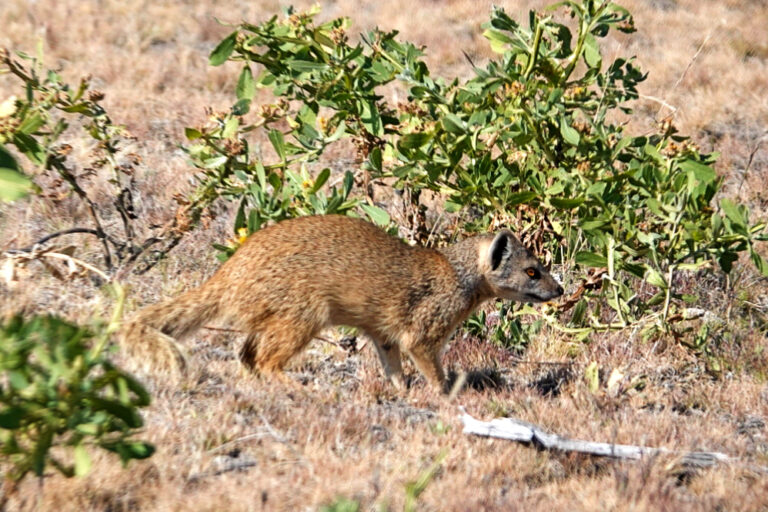
Not everything was a big animal in Etosha. This is a Yellow Mongoose (Cynictis penicillata), sometimes called red meerkat. They are communal animals that burrow. I saw several species of mongoose in Namibia. But without a really long lens it was impossible to get a good photo. As soon as I got within about 400 feet they were on the move or diving underground.
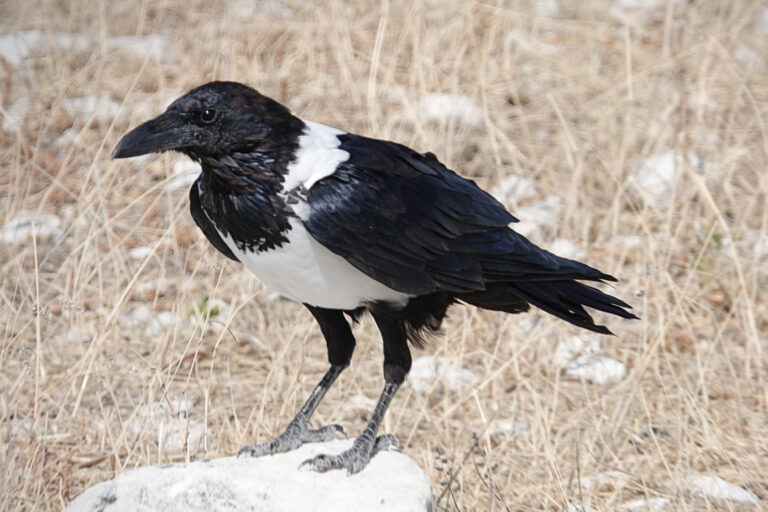
This Pied Crow was in the parking lot near a water hole. It seemed pretty used to tourists.
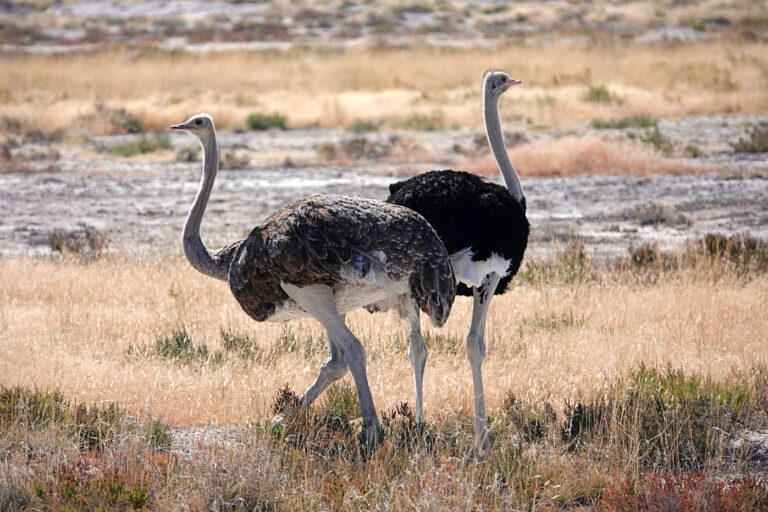
These male and female ostriches were in an area of grass and scrub near the road. Females have gray feathers while males have black. Otherwise they look pretty similar. Sometimes I would see two males with one female, but never larger groups. They apparently will form larger flocks. I wonder if the sparseness of the terrain limited this in Namibia.
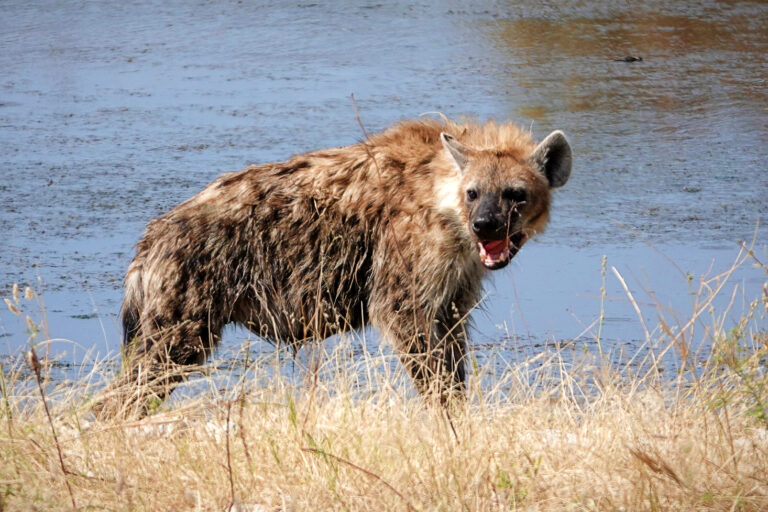
We watched this spotted hyena at a water hole for quite some time. Normally they can eat/scavenge fairly large animals. But at this water hole there was a large flock of small birds. They were too far away for our guide Jeremia to positively identify them. The birds would land in nearby trees and then swarm out and some would drink water from the surface of the water without landing. After a while they would return to cover and then do it all over again. Each time a few birds would land in the water and couldn’t get out. The hyena walked across shallow areas and took the birds in one bite. I imagined for the hyena it was like getting a full meal by going to a party and eating a huge number of hors d’oeuvres.
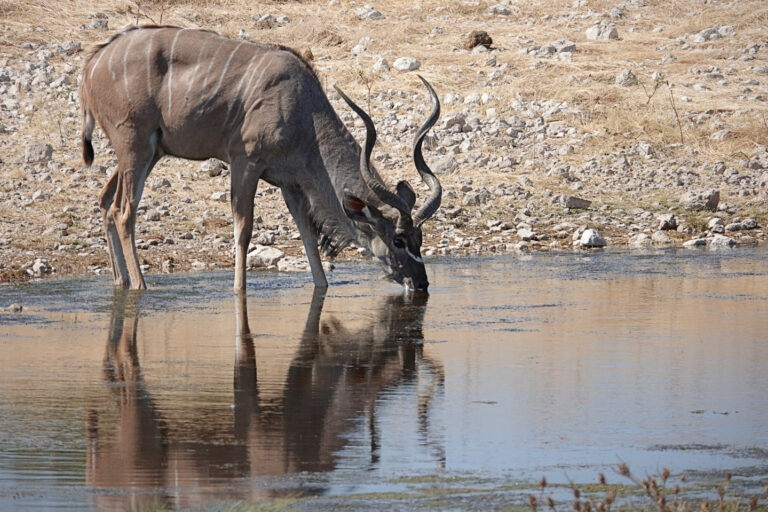
This is a male Greater Kudu (Tragelaphus strepsiceros) getting a drink. It was on this trip that we learned the shofar we have at home is made from a kudu horn.
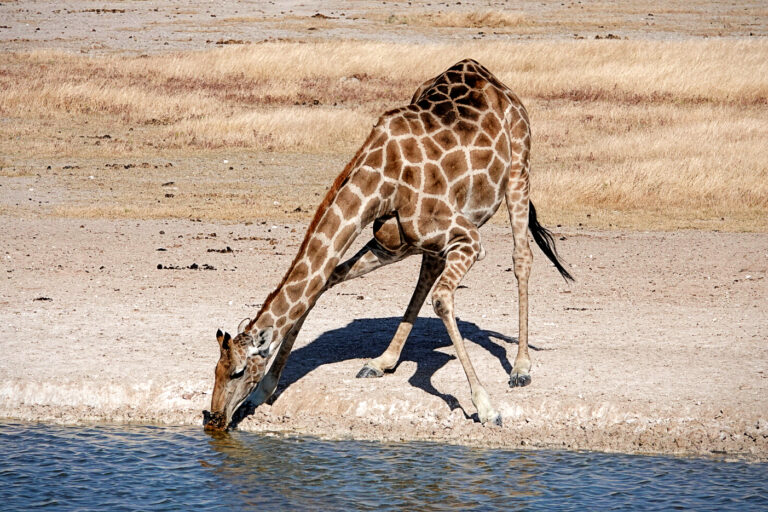
Giraffes have unique adaptations to be able to pump water from their mouth up to their stomach and prevent blood from pooling in their head when drinking.
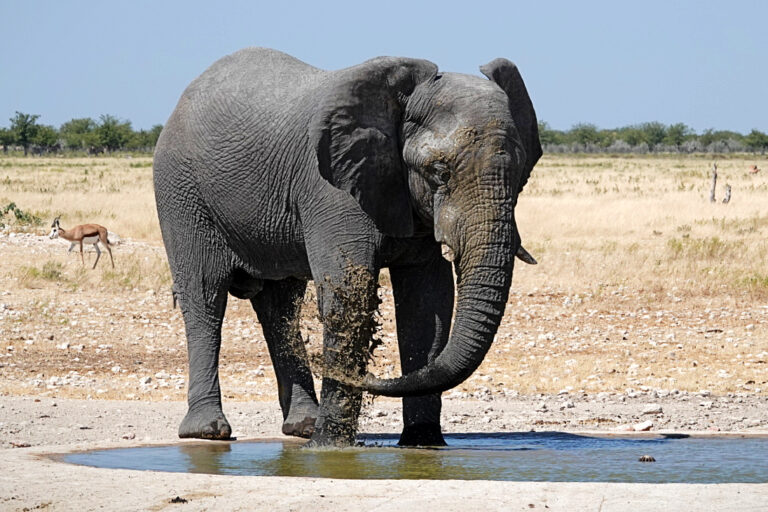
Elephants spray mud on themselves for a few reasons. It protects from stinging insects. It also acts as a sunscreen and a way to keep cooler. Notice the broken tusks.
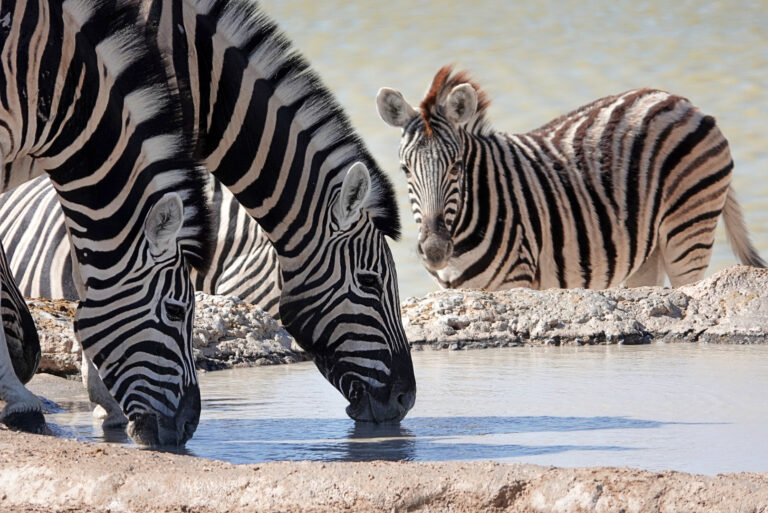
I probably took a hundred photos of zebras in Namibia. This was one of my favorite compositions.
If you are able to travel to southern Africa I highly recommend spending some time in Namibia. Not easy to get to but worth it.

Baud
Wonderful series.
OzarkHillbilly
Great trip.
Geo Wilcox
That hyena reminds me of the folks who go to Costco for the samples.
Kabecoo
Beautiful zebra shot!
Benno
Hey, you can’t trick us like that. They showed us Rikki Tikki Tavi a dozen times in grade school. That’s not what mongooses look like!
pieceofpeace
Enjoyed learning about the animals and terrain where they live. Good job, thanks.
Betty
Thanks for the introduction to Namibia. Looks like a great place for a big solar farm.
mvr
That Hyena does not look friendly. And the story about the birds getting stuck is interesting. I would have thought that birds that could drink like that wouldn’t have trouble getting out of the water. But what do I know?
Thanks for these!
WaterGirl
lashonharangue – thank you so much for sharing your trip to Namibia with us!
All of these animals, and the stories, make me happy!
lashonharangue
Everyone is most welcome. Glad I could share how wonderful it was.
stinger
Great pics and stories — I love being informed as well as entertained!
Albatrossity
Wonderful images!
Re your flock of avian hyena snacks, perhaps it was these guys.
lashonharangue
@Albatrossity: Could very well be them. That swarming is what we saw.
Madeleine
Great zebra photo. About yesterday’s last shot: for the first moment viewing that photo of zebras, the stripes in the faces of a group of three in the lower right seemed to vibrate—optical illusion.
Thanks for your photos and commentary.